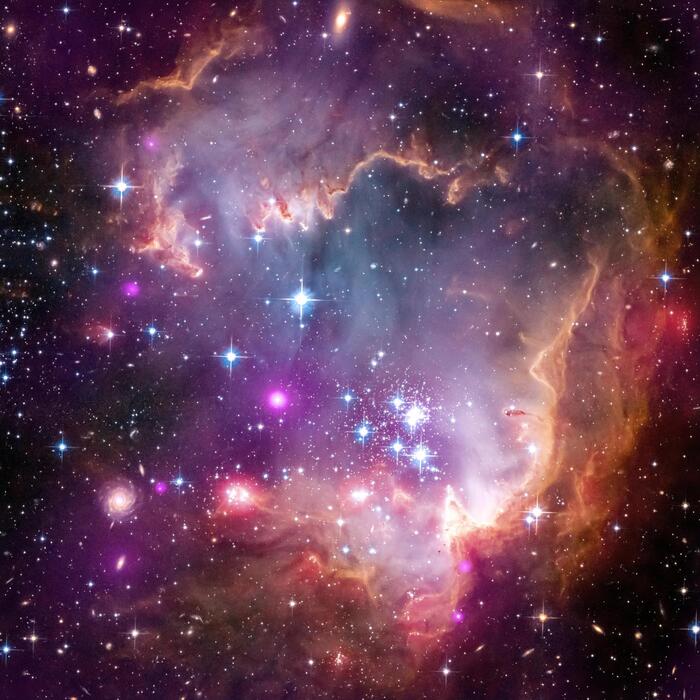The ingredients for planetary formation - the dust that gradually comes together to form bodies like the Earth - have been observed in the Small Magellanic Cloud (SMC), a galaxy near the Milky Way.
The discovery, outlined in a paper published by the Nature Astronomy journal, derives from a study led by the Edinburgh Royal Observatory in collaboration with the National Institute of Astrophysics and it was made possible by data collected by NASA's James Webb Space Telescope (JWST), and by the European Space Agency and the Canadian Space Agency.
It makes it possible to understand how planets can be formed even in galaxies that have low levels of the necessary materials, such as silicon, magnesium, aluminium and iron. These elements are scarce in the SMC. Researchers led by Olivia Jones observed hundreds of young stars to see how planets can form even in these conditions, harnessing the JWST's capacity to detect radiation emitted by hot grains of dust.
As a result the authors of the study discovered traces of dust orbiting around young stars, which probably means that the planets form along with the stars as they gradually mature. The data collected suggests that the quantity of the basic ingredients for planets in this dwarf galaxy is similar to that found in galaxies much further away dating back to 11-12 billion years ago. So the formation of planets may have already started in this remote era of the universe's history.









Caricamento commenti
Commenta la notizia